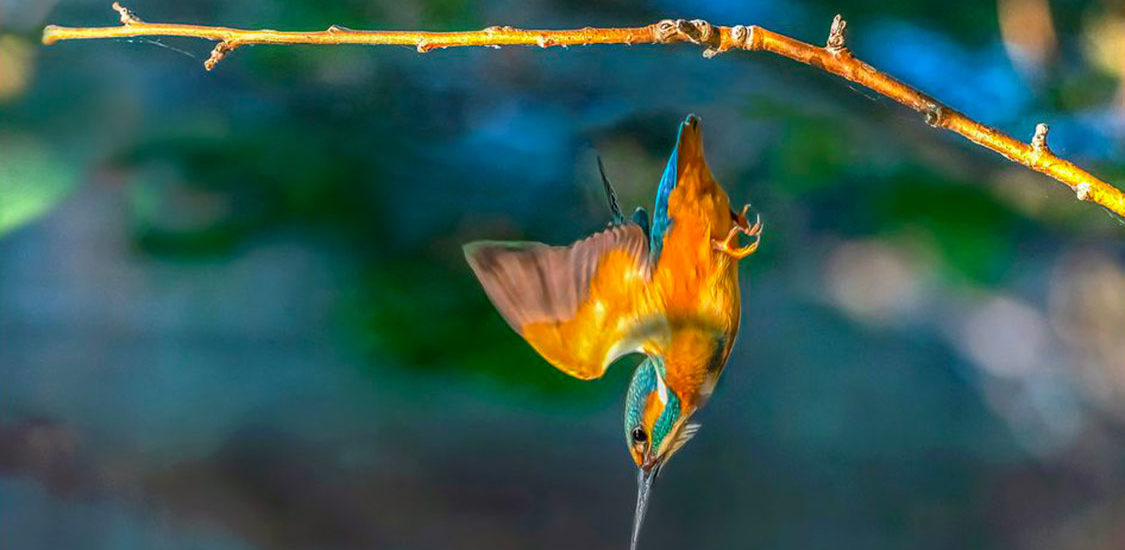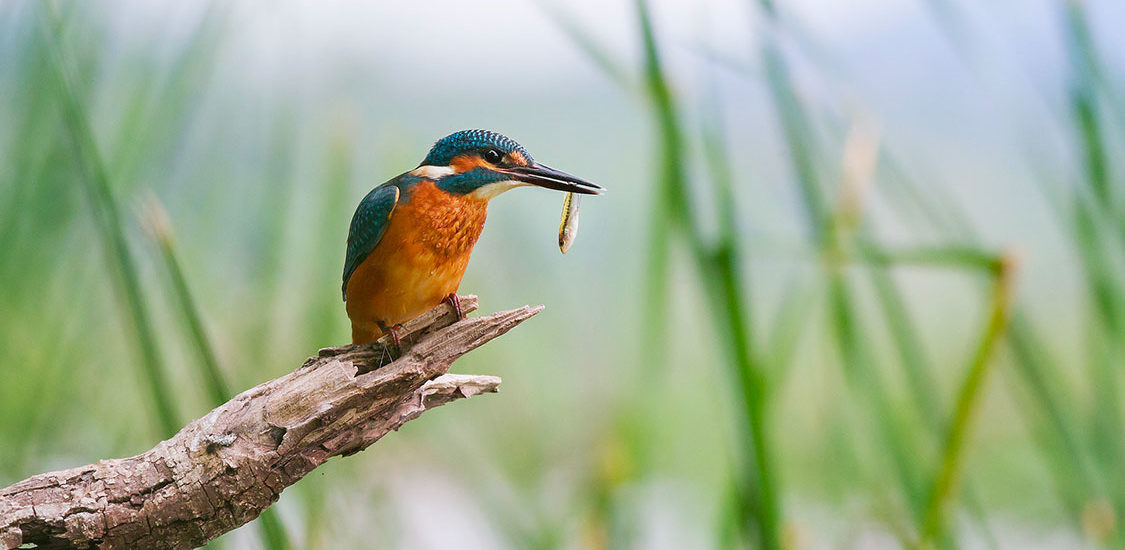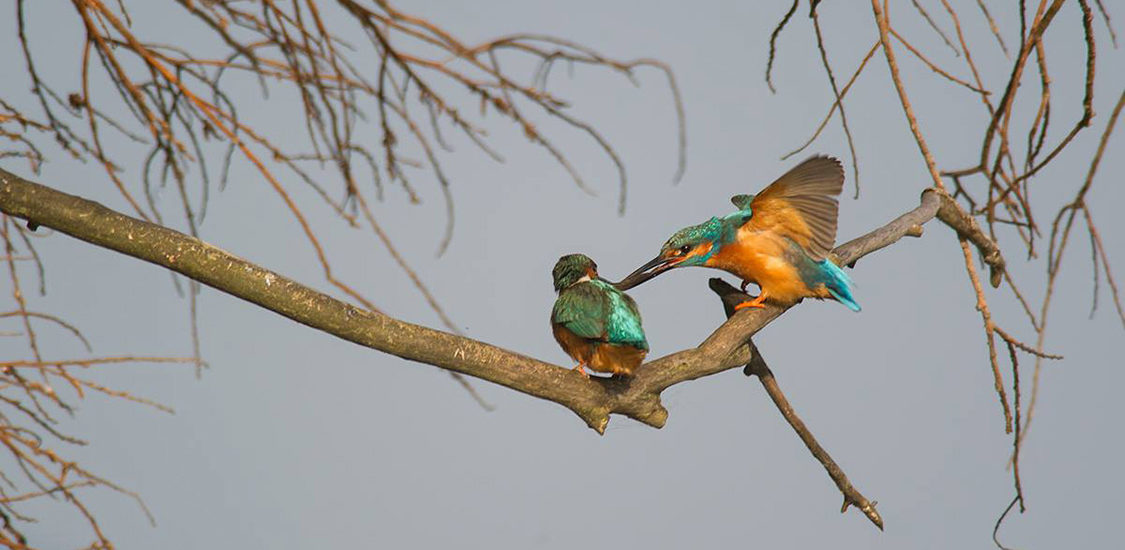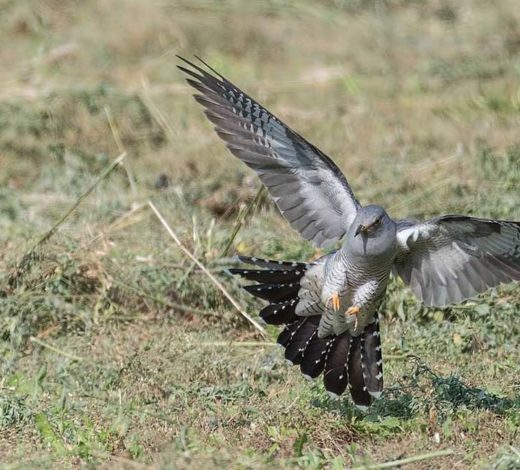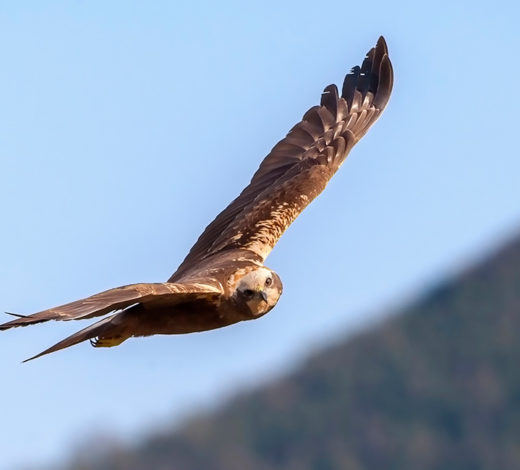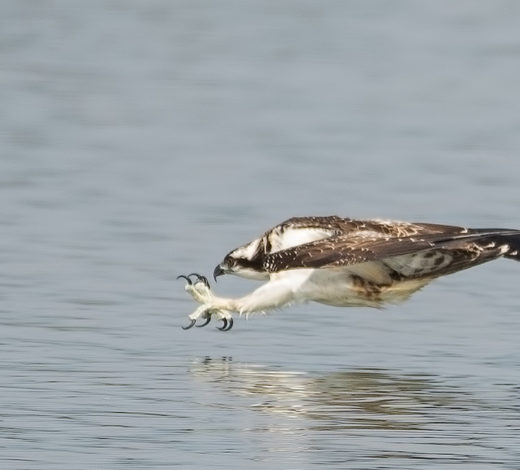Common Kingfisher
(Alcedo atthis)
They are easier to see when moving from one bank to the other, but you have to be lucky, since this only takes a few seconds. A small turquoise arrow passes by, whistling just above the water, and the kingfisher has already disappeared!
Description
Despite their showy colours, bright orange below and sparkling turquoise on their backs, they are not easy to spot among the leaves of the marsh. Wingspan: up to 26 cm. Length: 16 cm.
Habitat
It is closely bound to damp areas, especially where the water is rich in small fish. It also manages to adapt to small bodies of water that are not particularly clean. An important condition for the presence of this species is sand or earthen walls where they can build their nests. Natural riverbanks — those where people have not built cement banks — are perfect. Nevertheless, they also nest in earthen fill, caves, or among the roots of fallen trees. Since 2008, some pairs present in the Reserve have nested a few hundred metres from earthen scarps on the slopes of the surrounding mountains due to the lack of appropriate sites to dig their nests.
Observation in the Torbiera Reserve
In the Reserve, where the species is nonmigratory and nest-building, the best period for an exciting encounter with the common kingfisher is late summer and autumn, given that the adults are joined by all their young from the year.
